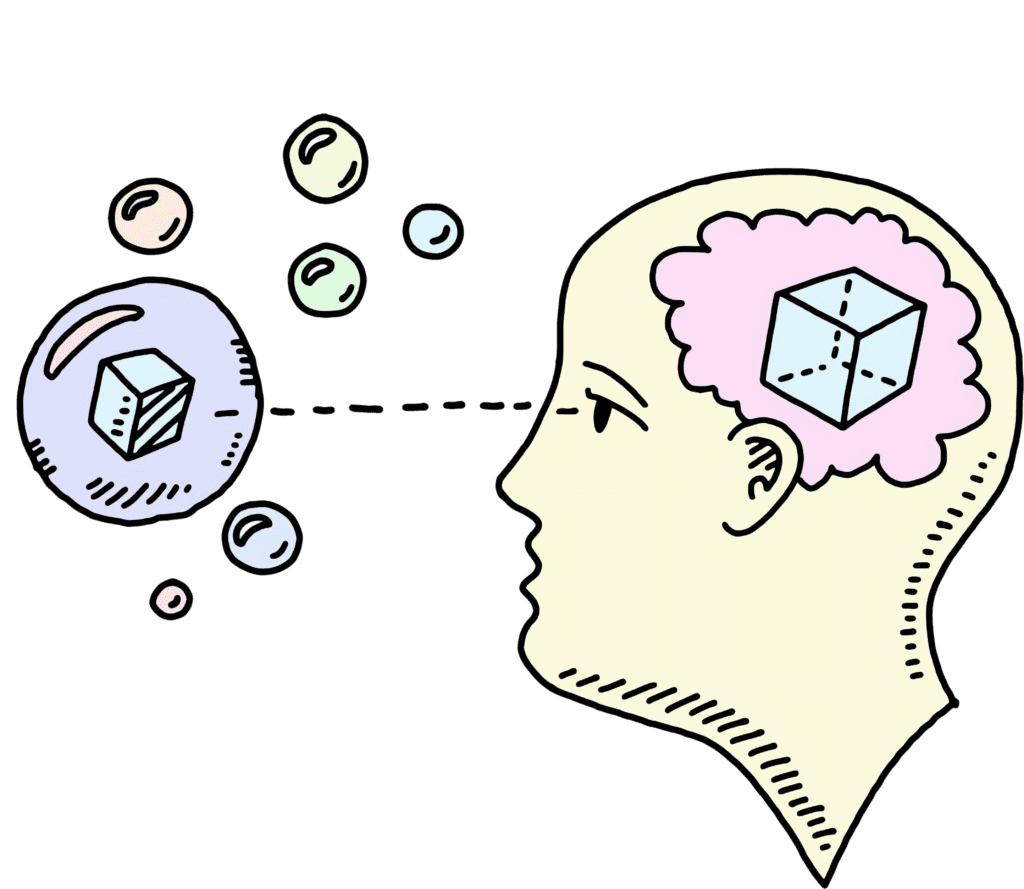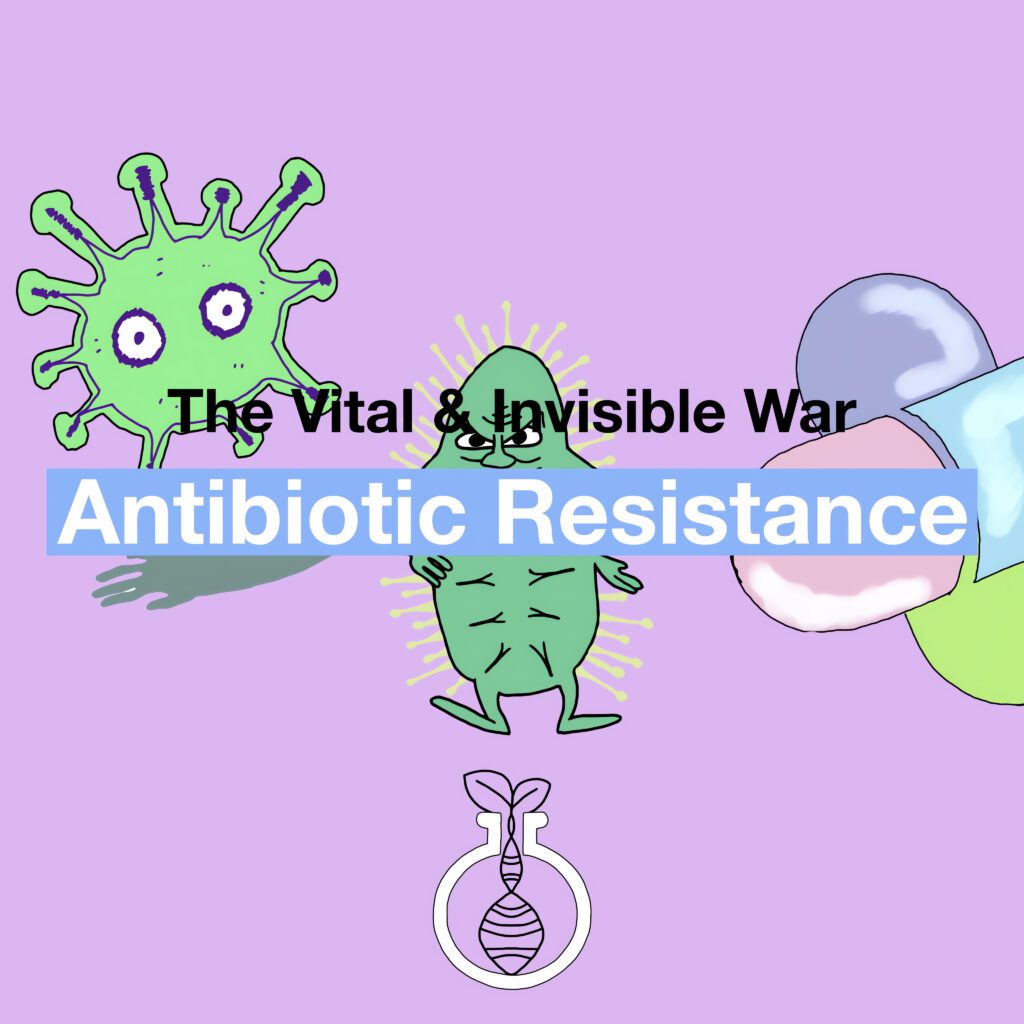Color perception is one of the most powerful magics of the human brain that connects us to the world. Have you ever wondered if the green trees, the deep blue sky or the red rose we see when we look around us mean the same thing to everyone? In fact, every color we see is both an individual and a universal experience. In this article, we will delve into the fascinating world of color perception and discover how everyone creates their own visual reality.
The Brain’s Art Workshop: The Biology of Color Perception
Cone cells in the human eye allow us to perceive colors. Cone cells, which consist of three primary colors, are sensitive to red, green and blue wavelengths of light. However, since the function and structure of cone cells are not the same in every person, they vary, and this creates questions in our minds. For example, an individual with color blindness, one of the color perception disorders, has difficulty distinguishing between red and green tones or cannot distinguish these colors completely. This situation is usually caused by mutations in the OPN1LW and OPN1MW genes. Another person may see brighter or more vibrant shades of colors. In fact, if we look at it from a completely different perspective, some people have tetrachromacy, a condition that is innate; this allows them to perceive millions of colors. While normal people have three cone cells that allow us to perceive colors that contain the three primary colors, individuals with tetrachromacy have four cone cells. This causes the variety in the color palette in visual perception. An object that looks like plain brown to most of us may appear to them to have a more complex appearance, with patterns in different tones. It is obvious that it is wrong to interpret which colors are correct for whom or which are missing for whom according to a single person in all this complexity!
You can write our article about tetrachromacy through the link here.

The Turbulent Sea of Perception: Psychological and Cultural Factors
Color perception is not only physiological but also a condition that is shaped by psychological and environmental factors. I would like to continue with the question “white and gold or blue and black?” that once went viral and pitted people against each other. In 2015, a dress was thrown on the internet and the color confusion that followed divided people into two. Some people claimed that the dress looked white and gold, while others thought that the dress looked blue and black. There was only one dress but two different answers. So what was the real reason for this situation? The answer to this question is actually very simple. In a photograph, light sources and shadow effects process the color signals coming to the brain in different ways. This perceptual difference is due to the brain trying to compensate for the environmental light conditions using the principle of color constancy. This viral image is a great clue about how our brain interprets light, and it also shows us how subjective our perception is.

Another question in minds is what does a color mean to a person? The answer is actually a very complex and subjective question. For example, while white means purity and innocence in the West, it can symbolize mourning and grief in Eastern cultures. Similarly, while red ignites a deep feeling of love for one person, it can be an indicator of danger and anger for another person. This situation is actually a situation that can vary depending on how we attribute meanings to colors. Life conditions, experiences or feelings shape an event, and can also shape colors. This causes people to interpret colors differently depending on how they feel.
Colors in Technology
The human eye can see a range of certain wavelengths of light. But is it possible to go beyond that? Yes! It is possible to go beyond these limits using modern devices. For example, UV filter glasses and infrared glasses make visible wavelengths of light that cannot be seen with the naked eye, while thermal cameras detect heat and show temperature differences in color. In addition, virtual reality (VR) and augmented reality (AR) technologies can simulate colors that the human eye cannot perceive in a digital environment. Using these technologies, individuals with color blindness can compensate for their missing colors and be given the opportunity to experience a wide spectrum of colors.
With the rapid advancement of technology, life is gaining a deeper and more meaningful dimension every day. Such innovations not only deepen the perception of colors, but can also be found in a painter’s vast work, an architect’s design that reflects his soul, or even in medical diagnoses. For example, an individual with tetrachromacy can create wonderful paintings beyond the ordinary thanks to the wide range of colors his eyes perceive, or a doctor can diagnose skin diseases earlier thanks to his improved color perception.

Color Perception Beyond Dreams
The world is full of colors. Imagine a limitless palette of colors and a world painted with that palette. Each color represents an emotion. Now, paint this world limitlessly with all the emotions you feel, all the pain your soul has touched. Eventually, everyone will have a world painted in their hands. Yes, that’s right; the world is full of colors. But it’s important to remember that each individual sees colors through their own unique filters. Colors are not limited to the palette we touch or the painted world we see. It’s also a mental journey. And perhaps the most fascinating part is that this journey will remain personal to each person forever.
Each of us paints the world differently with our own internal color palette. This is the most beautiful and profound aspect of life, because each individual’s world is unique, incomparable, and infinitely beautiful.
We got inspired by those articles to create this content


I am Damla Aras. I am a third year student at Marmara University Bioengineering. I aim to find answers to questions that arouse scientific curiosity and raise awareness in these areas by writing articles on biotechnology, genetics and biology on the Biyologyto platform. I present complex scientific topics in a simple and engaging way by blending knowledge with daily life, and I aim to be a source of both information and inspiration for readers.





